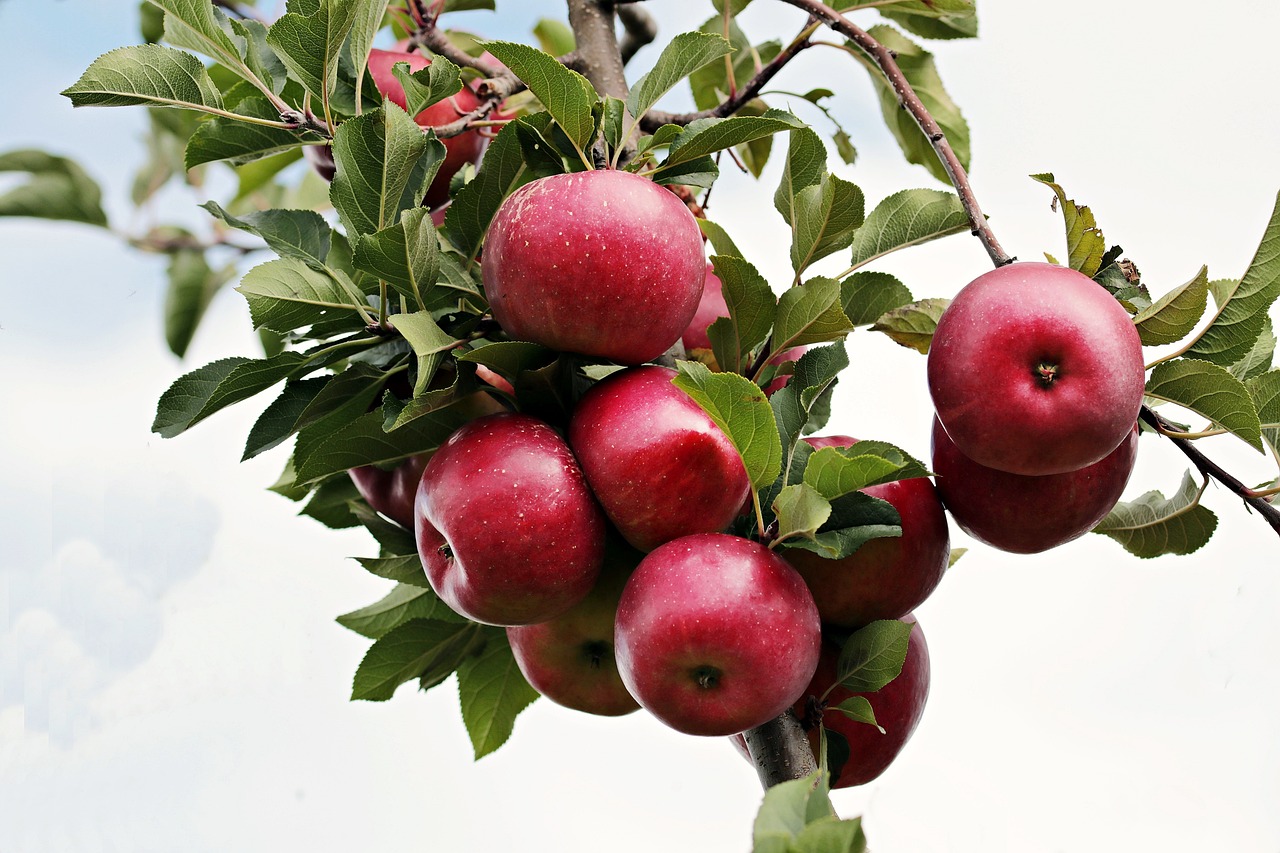
Are you tired of buying expensive fruits from the grocery store? Why not create your own juicy paradise in your backyard? With the right fruit planting schedule, you can enjoy fresh and delicious fruits all year round. In this article, we will provide you with a comprehensive guide on the Zone 8 fruit planting schedule to help you get started.
This post may have affiliate links. This means that sometimes when you click a link on our site and make a purchase on Amazon, we may earn a small commission at no additional cost to you. We only recommend products we truly believe in, and your support helps keep us running!
Table of Contents
Choosing the Right Fruits For Zone 8
When it comes to choosing fruits for your backyard, it’s important to consider the climate and soil conditions in your area. Here are some fruits that are well-suited to Zone 8:
Apples
Apples are a classic fruit that can be grown successfully in Zone 8. Some popular apple varieties suitable for this zone include:
- ‘Fuji’: A late-season apple with a crisp texture and sweet flavor.
- ‘Golden Delicious’: Known for its yellowish-green skin and honey-like taste.
- ‘Gala’: A popular early-season apple with a crisp and juicy texture.
Peaches
Peaches are a delightful addition to any garden, and they thrive in Zone 8. Consider the following varieties:
- ‘Elberta’: A widely grown peach with juicy, yellow flesh.
- ‘Redhaven’: Known for its excellent flavor and early ripening.
- ‘Belle of Georgia’: A late-season peach with white, aromatic flesh.
Plums
Plums are another fantastic choice for Zone 8 fruit gardens. Here are a few plum varieties that flourish in this zone:
- ‘Santa Rosa’: A popular Japanese plum with a sweet and tangy flavor.
- ‘Methley’: Known for its early ripening and dark red flesh.
- ‘Stanley’: A European plum variety with a rich, sweet taste, ideal for cooking and drying.
Planting Schedule for Zone 8 Fruits
January – February:
- Focus: Bare-root fruit trees (apples, pears, peaches) with good chilling hours tolerance (check specific cultivar needs).
- Tip: Soak bare-roots in water for 24 hours before planting, choose a well-drained location with full sun.
March – April:
- Container-grown options: Plums, cherries, nectarines, apricots. Consider dwarf varieties for smaller spaces.
- Berry bonanza: Blueberries (choose highbush or rabbiteye for Zone 8), raspberries (everbearing or summer-bearing), blackberries (thornless varieties popular).
- Pro tip: Amend soil with organic matter before planting berries, provide proper support structures (trellises, cages).
May – June:
- Stone fruit flourish: Plant container-grown peaches, nectarines, and apricots if temperatures have settled.
- Strawberry season: Early-season varieties suitable for Zone 8 (Chandler, Sequoia) go in the ground. Mulch well to suppress weeds and retain moisture.
- Grape expectations: Early to mid-season varieties like Concord or Niagara thrive in full sun with good drainage. Consider trellising for optimal growth.
July – August:
- Late-season strawberries: Plant everbearing varieties like Albion or Tribute for fall harvest.
- Second chances: If spring planting wasn’t possible, try container-grown berries or stone fruits, but be mindful of heat stress.
- Tropical touch: Plant pineapple guava or pawpaw trees for an exotic twist, ensuring they receive enough warmth and protection from frost.
September – October:
- Fig-tastic fall: Plant potted fig trees for delicious fresh fruit. Choose varieties suited for your climate (e.g., Celeste for warm areas, Chicago Hardy for colder zones).
- Persimmon power: Plant container-grown American or Japanese persimmons, ensuring proper chilling hours for fruit set.
- Citrus surprise: Consider dwarf citrus trees like kumquats or Meyer lemons in containers, providing protection from winter extremes.
Caring for Your Fruits
Once you have planted your fruits, it’s important to care for them properly to ensure that they grow healthy and strong. Here are some tips for caring for your fruits:
- Water your fruits regularly, especially during dry spells.
- Fertilize your fruits with a balanced fertilizer in the spring and fall.
- Prune your fruit trees in the winter to promote healthy growth.
- Protect your fruits from pests and diseases by using organic pest control methods.
Harvesting Your Fruits
The best part of growing your own fruits is harvesting them! Here are some tips for harvesting your fruits:
- Pick your fruits when they are ripe, but not overripe.
- Handle your fruits gently to avoid bruising.
- Store your fruits in a cool, dry place to extend their shelf life.
